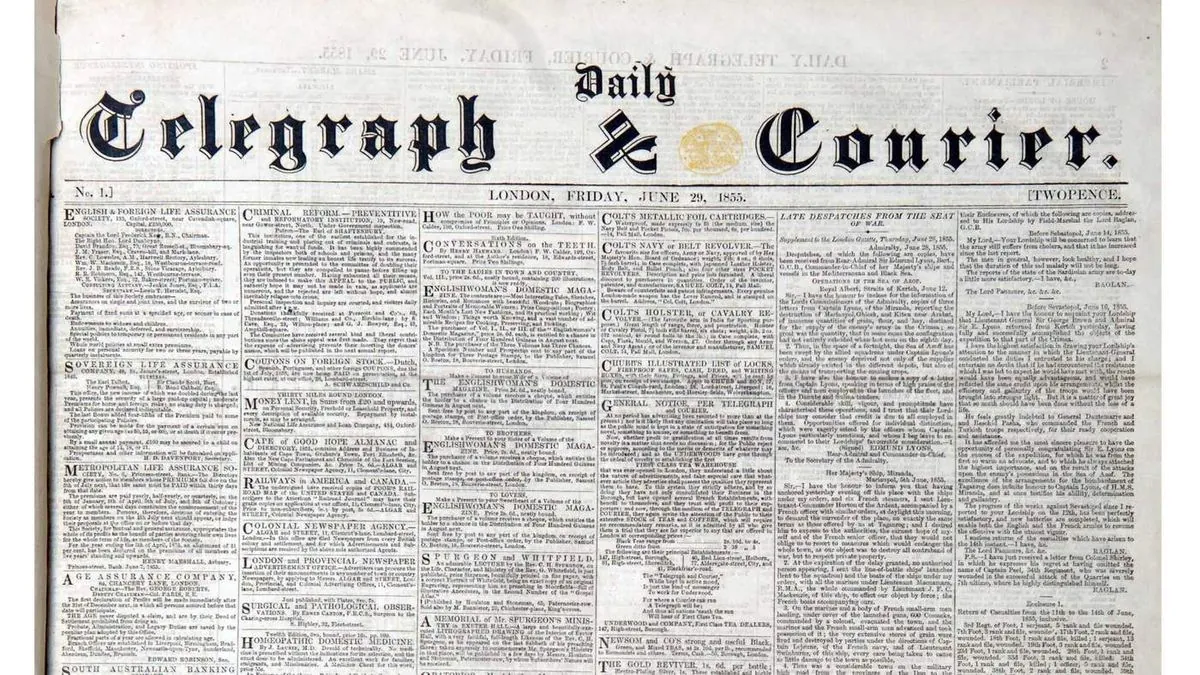Over-50s Homeowners Face Rising Mortgage Arrears Amid Economic Pressures
Recent data reveals that half of UK homeowners in mortgage arrears are over 50, with those aged 61-65 most affected. Rising interest rates and living costs are straining older borrowers' finances.

Recent data has unveiled a concerning trend in the UK housing market, with homeowners in their fifties and sixties experiencing higher rates of mortgage arrears compared to younger borrowers. This information, obtained through a Freedom of Information request, sheds light on the financial challenges faced by older homeowners in the current economic climate.
According to the Financial Conduct Authority's data from April to June 2024, over half of homeowners behind on their mortgage payments by two months or more are aged 50 and above. This group accounts for 58,810 out of 115,568 late payers, with individuals aged 61 to 65 being the most severely affected. The Financial Conduct Authority, established in 2013, plays a crucial role in monitoring and regulating financial markets in the UK.

Stuart Cheetham, chief executive of MPowered, highlighted the "significant financial pressure" faced by older borrowers, particularly those approaching or in retirement. He attributed this trend to a combination of higher mortgage rates and escalating living costs. The situation is exacerbated by the fact that older borrowers often have less consistent earnings and rely more heavily on pension income, making them more vulnerable to falling behind on mortgage payments.
The current economic landscape has contributed to these challenges. The Bank Rate, which has been set by the Bank of England since 1997, stands at 5% as of September 2024. This marks a substantial increase from the pandemic-era low of 0.1%, implemented to combat inflation that peaked at 11.1% in October 2022. While mortgage rates have begun to decrease following a recent Bank Rate cut, the average two-year fix remains at 5.47%, with the five-year fix at 5.14%.
"The fact that the highest percentage of borrowers in arrears is among 61-65 year-olds underscores the challenges faced by those whose incomes are decreasing just as their mortgage rates are increasing."
Some older borrowers find themselves in the position of "mortgage prisoners" – homeowners who took out loans before the 2008 financial crisis and are now trapped on high standard variable rates, with some reporting interest rates as high as 9%. This situation arose partly due to the stricter lending criteria introduced after the financial crisis, which made it harder for some borrowers to switch to more favorable mortgage terms.
The inadequacy of state pension payments further compounds the issue. Even with an expected increase in April 2025, the Joseph Rowntree Foundation think tank projects a significant gap between what pensioners will receive (£12,000 annually) and what they need (£17,200 annually) to cover essential expenses. This shortfall of £5,200 highlights the financial strain on older homeowners.
It's worth noting that the UK state pension, introduced in 1908, has undergone numerous changes over the years. The pension triple lock, implemented in 2010, aims to ensure that pension values keep pace with inflation or wage growth. However, recent data suggests that these measures may not be sufficient to meet the rising cost of living for many retirees.
The current situation underscores the importance of financial planning and the potential need for policy interventions to support older homeowners. As the UK continues to navigate economic challenges, addressing the needs of this vulnerable group will be crucial in maintaining housing stability and financial security for older citizens.


































